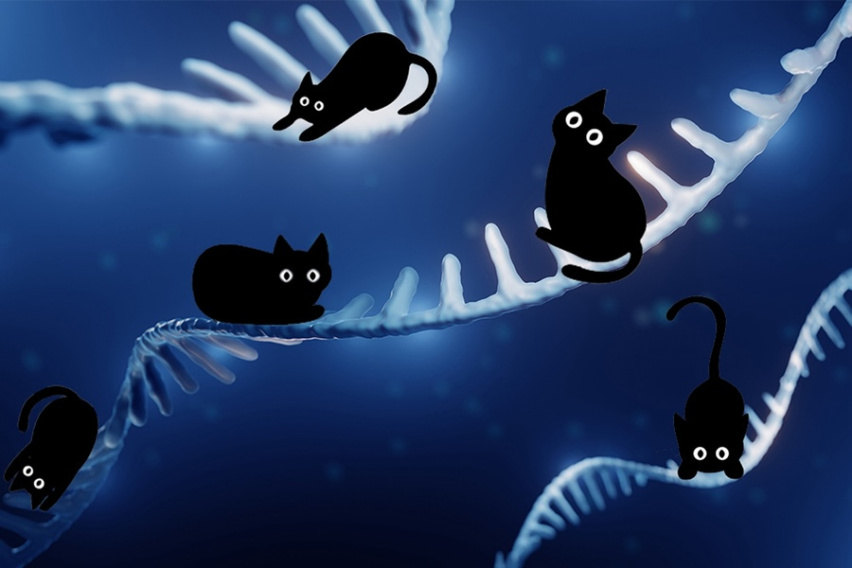MIT News
March 19, 2021
Irvine Lab researchers are building an army of T cells ready to fight disease in the respiratory tract. The inhalable vaccines use the naturally occurring protein albumin to carry immune response-generating antigens into the mucosal lining of lungs and lymph nodes, where soldier T cells learn to recognize and fend off unwanted intruders. In a study published in Science Immunology and funded in part by the Bridge Project and the Marble Center for Cancer Nanomedicine, researchers observed a 25-fold increase in T cell response over traditional muscular injections. Ultimately, the team aims to develop vaccines that protect against both viruses and cancer, and combat metastasis by priming the mucosal lining in key organs to reject invading cancer cells. The technology has been licensed by Elicio Therapeutics, which will begin clinical testing of an albumin-binding vaccine later this year.
